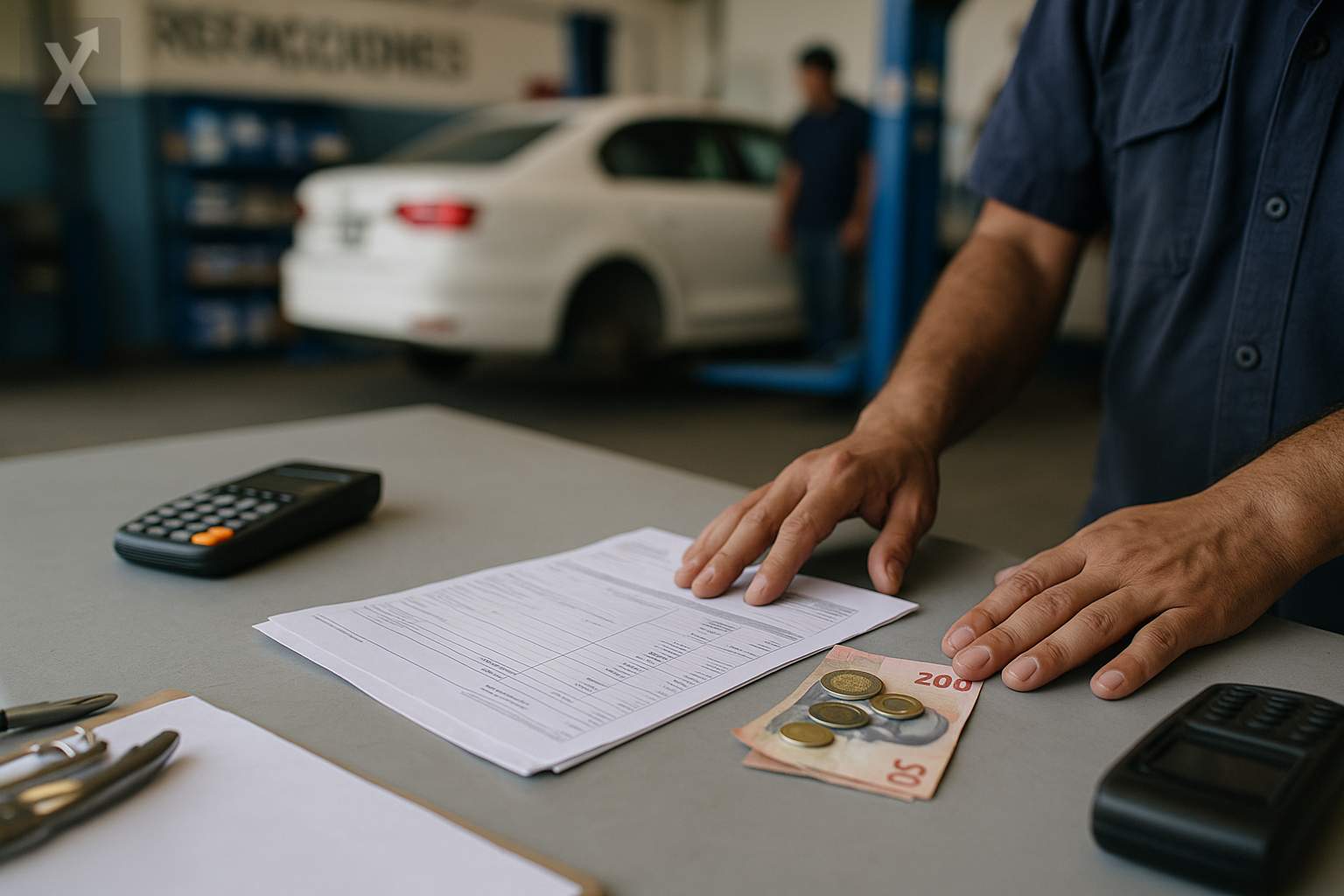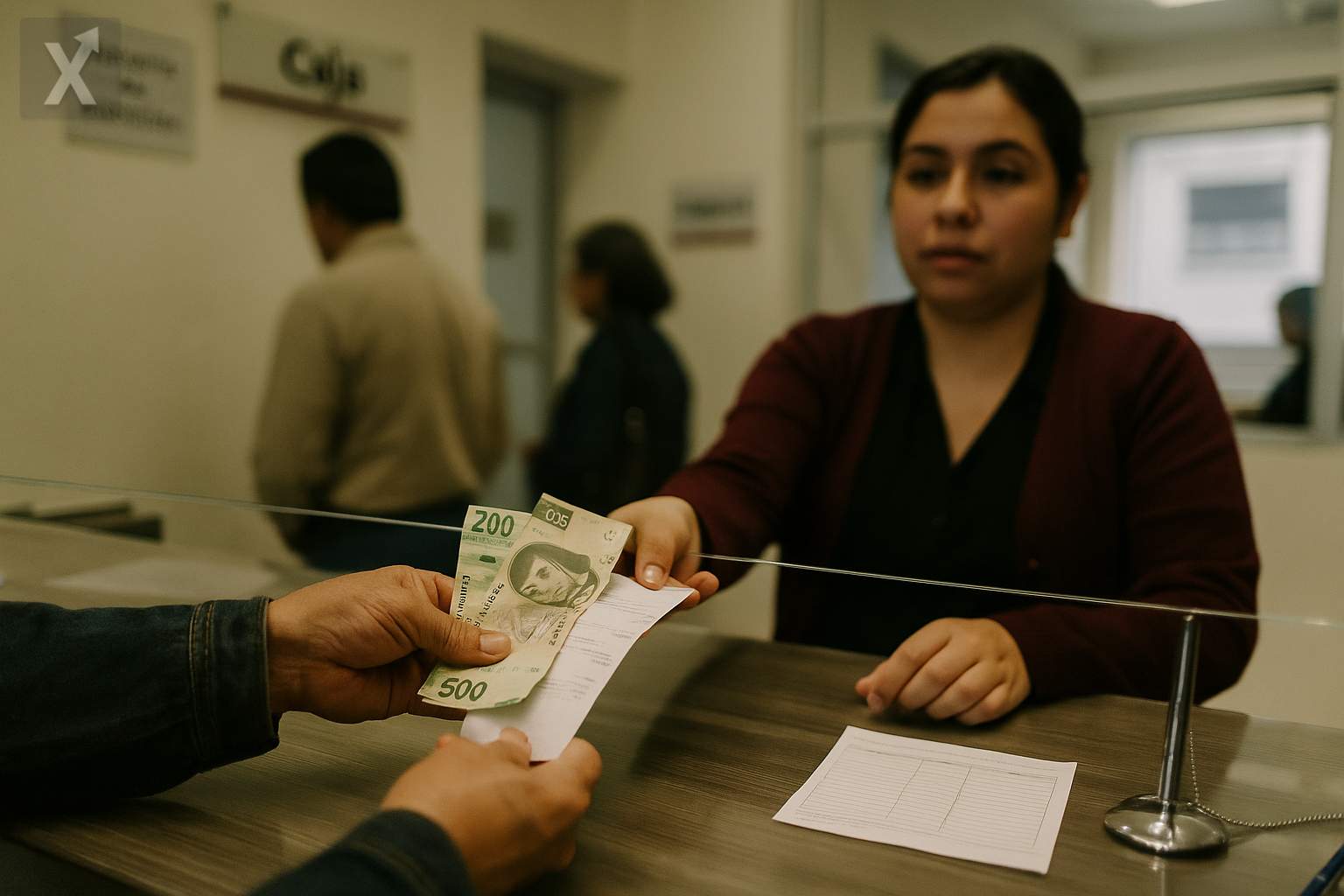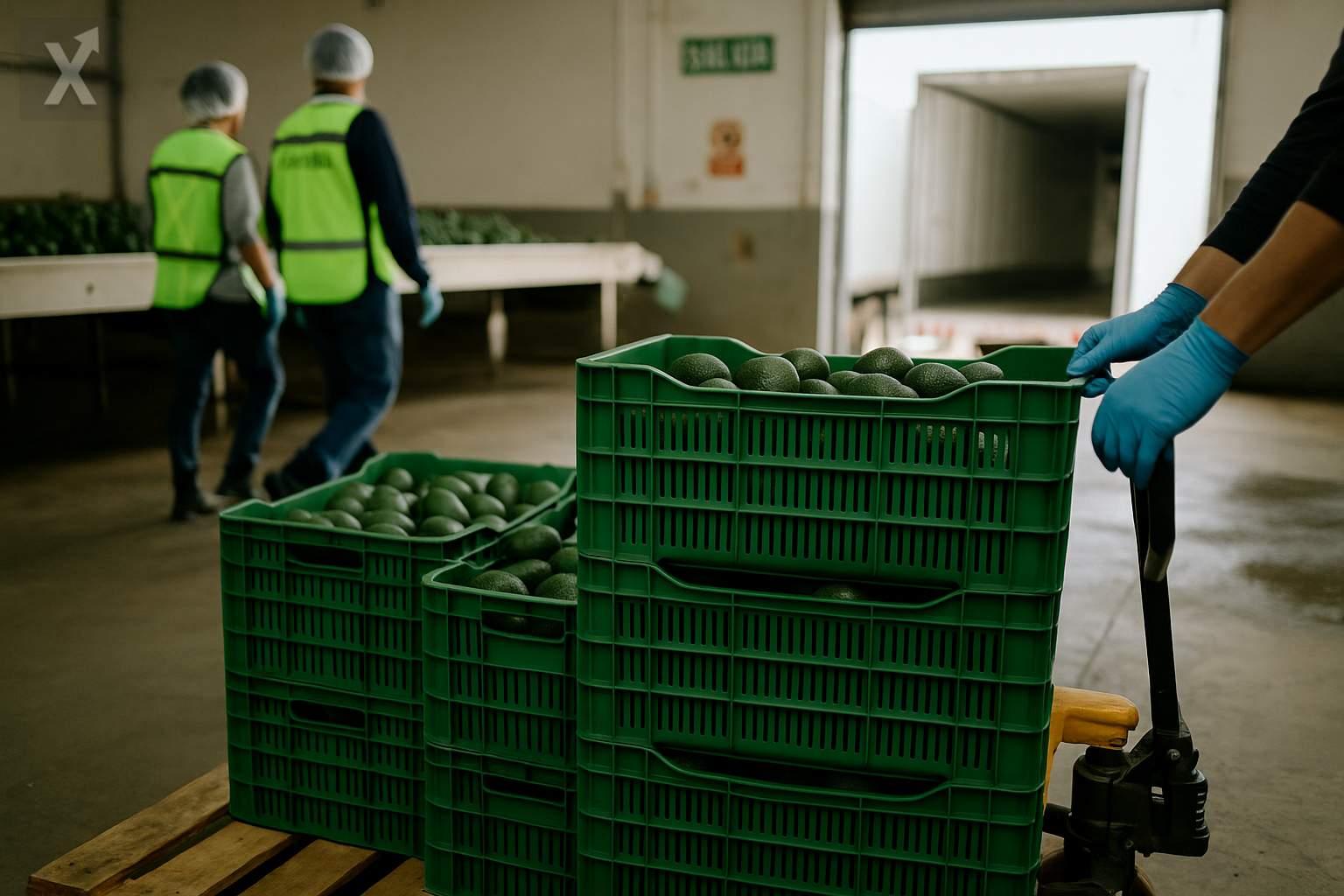Quálitas Anticipates 2 Billion Peso Impact from Non-Creditable VAT; Tax Changes End Litigation and Reshape Costs in 2026

Quálitas projected that its profits this year could be reduced by around 2 billion pesos due to the implementation of regulations that will prevent the company from crediting the VAT paid to vendors related to claims. In a statement sent to the market, the insurer noted that the final impact will depend on the specific rules and their accounting treatment, and recalled that as of the third quarter, it reported a net accumulated profit of 5.285 billion pesos.
This fiscal adjustment is part of the 2026 Economic Package, in which Congress amended the Revenue Law to establish that starting in 2026, insurers will not be able to credit the VAT passed on to them by auto shops, adjusters, tow truck services, parts suppliers, and other services linked to claim payments. A transitory article settles contingencies from fiscal years prior to 2024 and closes all ongoing administrative processes and litigation on this matter. In addition, for 2025, companies must recognize the VAT paid to claims providers as non-creditable.
The company reported that its Board of Directors decided to adhere to the new framework due to the certainty it brings after years of tax controversy. Quálitas, the largest player in the automotive insurance segment in the country, insures more than 6.1 million vehicles across Mexico and other markets, with Mexico accounting for over 70% of its portfolio.
Economically, this measure increases the cost of claims by making the VAT on subcontracted services non-creditable. While that VAT can still be deducted for income tax (ISR) purposes, partially offsetting the impact, the net effect puts pressure on margins and the industry’s combined ratio. To compensate, insurers may adjust renewal prices in 2026, optimize provider networks, and renegotiate rates with auto shops and parts suppliers, especially as the cost of parts and labor has risen in recent years.
For policyholders, the pass-through of higher costs is neither automatic nor uniform; it will depend on the level of market competition, claim rates by segment, and each company’s strategy. The National Insurance and Bonding Commission will require that premiums remain technically sufficient, while the market aims to balance affordability and solvency. It’s also important to note that, despite growth in the sector, only about one-third of vehicles in Mexico are insured, so sudden price increases could impact market penetration.
This tax change arrives in a macro environment where interest rates remain historically high and costs are being pushed upward by imported parts that are sensitive to currency volatility. The normalization of mobility after the pandemic has increased claim frequency in recent years, while more technologically advanced vehicles and higher theft rates continue to drive up repair costs.
From an accounting perspective, the impact will be reflected in financial results and capital generation, under a regulatory framework that already operates with IFRS 17 for insurance. Although the sector’s regulatory solvency remains generally solid, analysts will be watching developments in reserves, retention ratios, and dividend policies as the effects of non-creditable VAT come into play.
Looking ahead, the closure of litigation reduces legal uncertainty for insurers but opens a phase of operational and price adjustments. The market’s focus will be on how each company manages its costs, passes on or absorbs part of the impact, and maintains competitiveness in a sector that plays a significant role in the everyday economy.
In summary, the new VAT treatment represents a structural increase in claims costs, likely resulting in premium adjustments and greater discipline in purchasing and service networks. In exchange, the industry gains regulatory certainty. The extent of the impact on results, competition, and market penetration will depend on each insurer’s execution and how the cost and inflation environment evolves.





